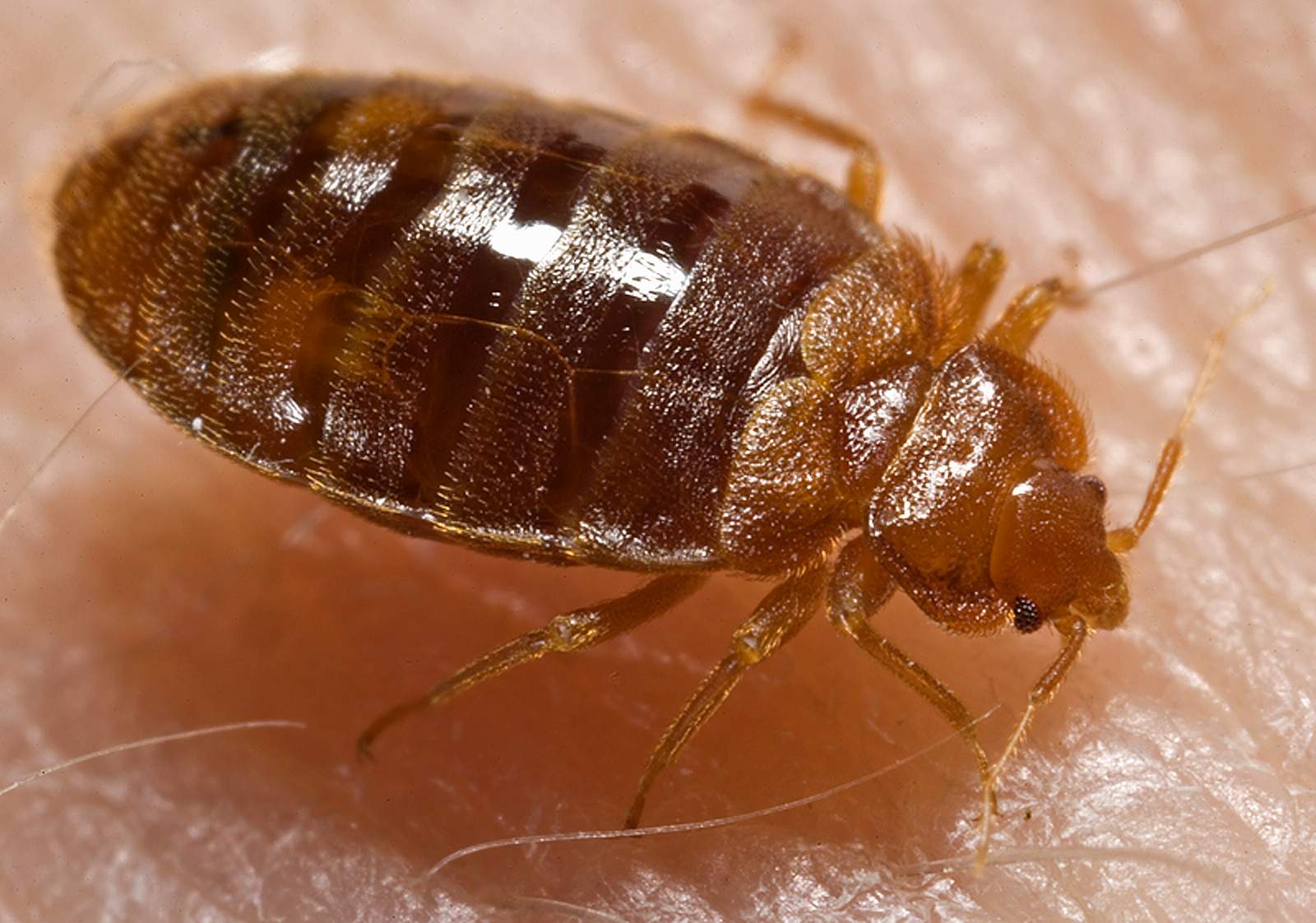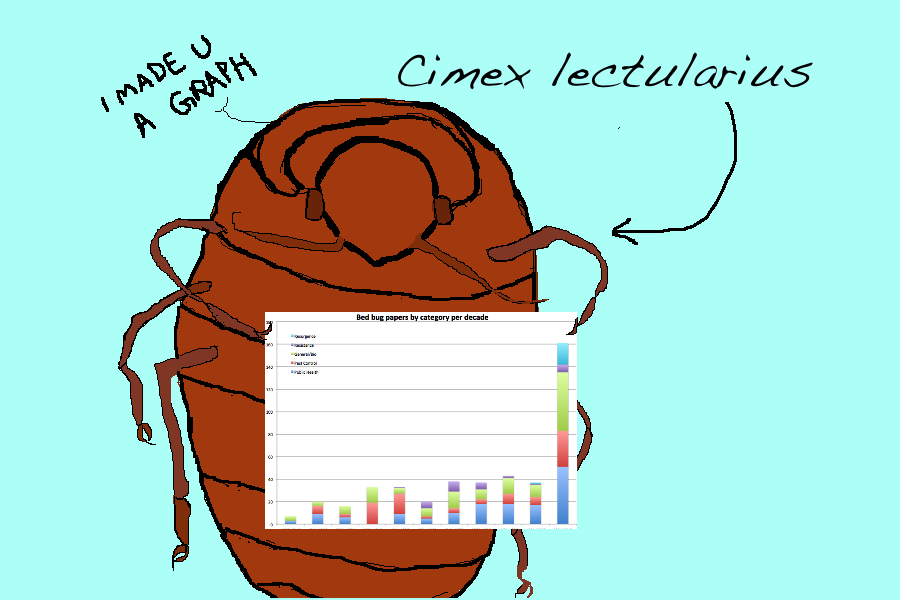 These are down times for environmental journalism – or so you’d think, judging by recent news and the attendant hand wringing. The New York Times not only disbanded its environmental desk in January, but shut down its popular Green Blog early in March, also. Meanwhile the Washington Post’s Juliet Eilperin, longtime environmental correspondent a reportorial force of nature in her own right, decamped for the White House beat. Quite probably a lot of other bad-seeming things happened, too.
These are down times for environmental journalism – or so you’d think, judging by recent news and the attendant hand wringing. The New York Times not only disbanded its environmental desk in January, but shut down its popular Green Blog early in March, also. Meanwhile the Washington Post’s Juliet Eilperin, longtime environmental correspondent a reportorial force of nature in her own right, decamped for the White House beat. Quite probably a lot of other bad-seeming things happened, too.
But the reality is that significant swings in attention paid to environmental issues are the norm, and not necessarily a sign of Some New Bad Thing. Sure, to young reporters who hopped on the recent Long Boom of interest in environmental journalism, a Google Trends graph such as the following, showing the relative volume of web searches for the term “environment,” could be alarming: Continue reading






